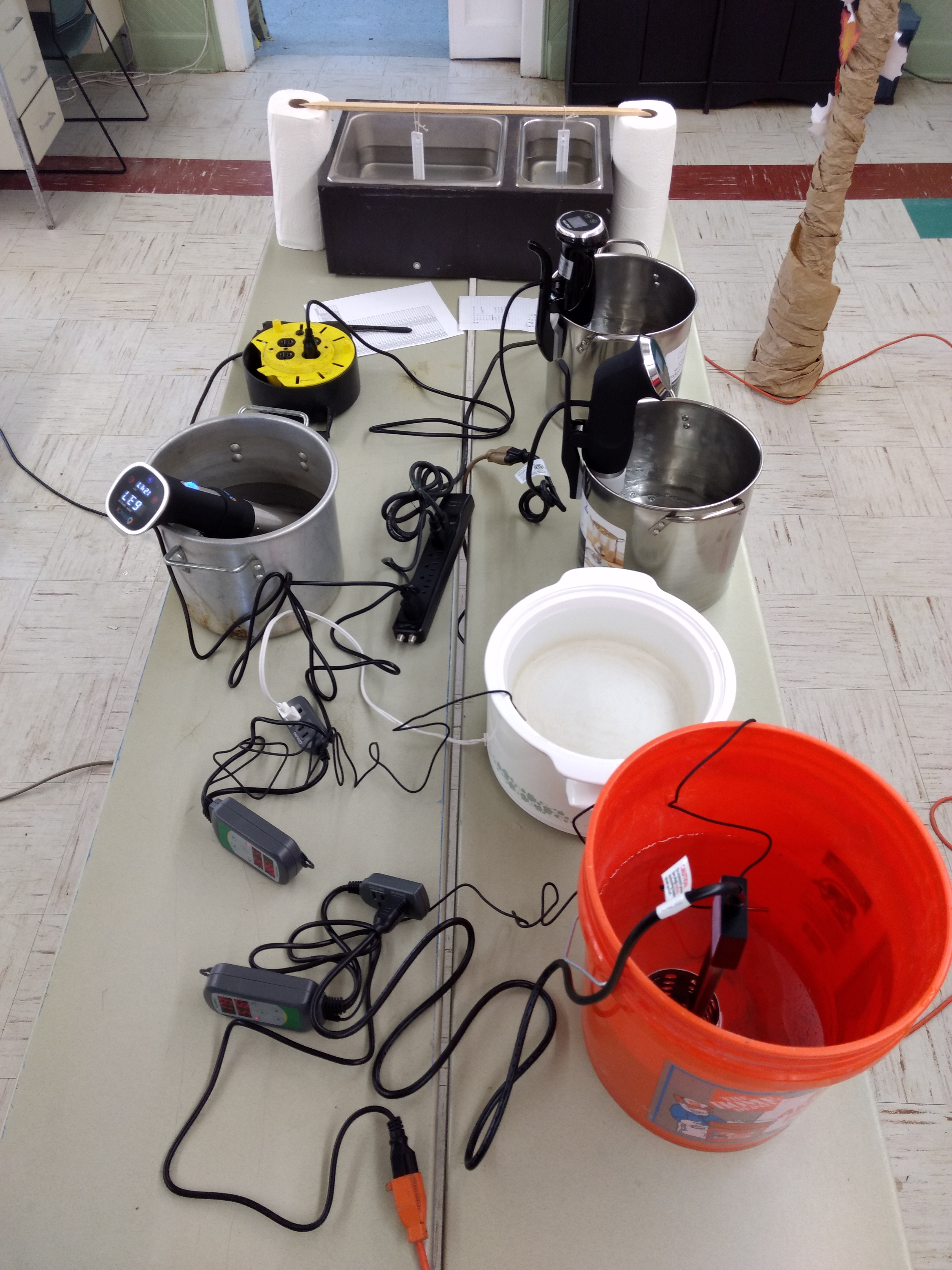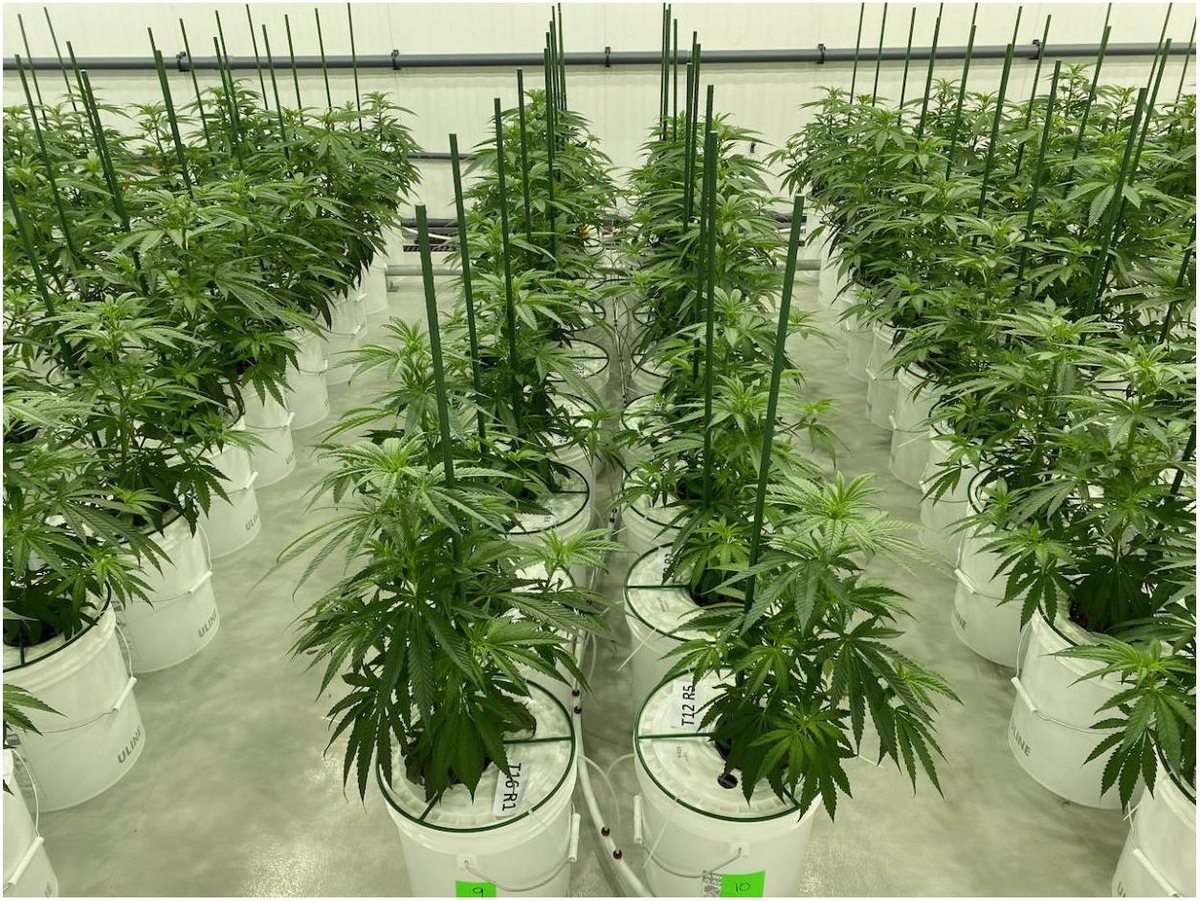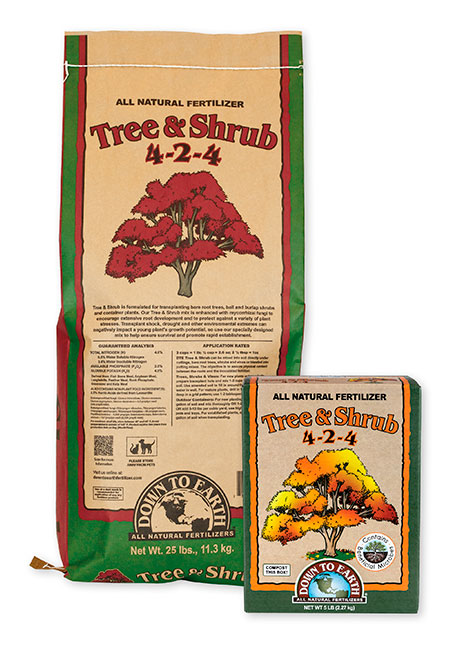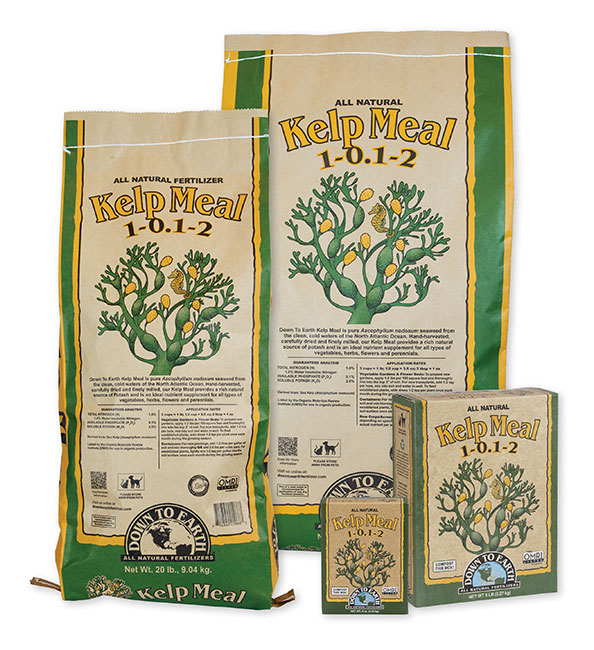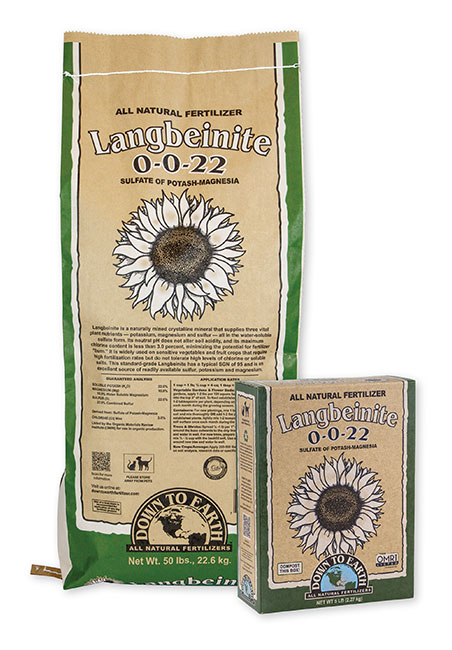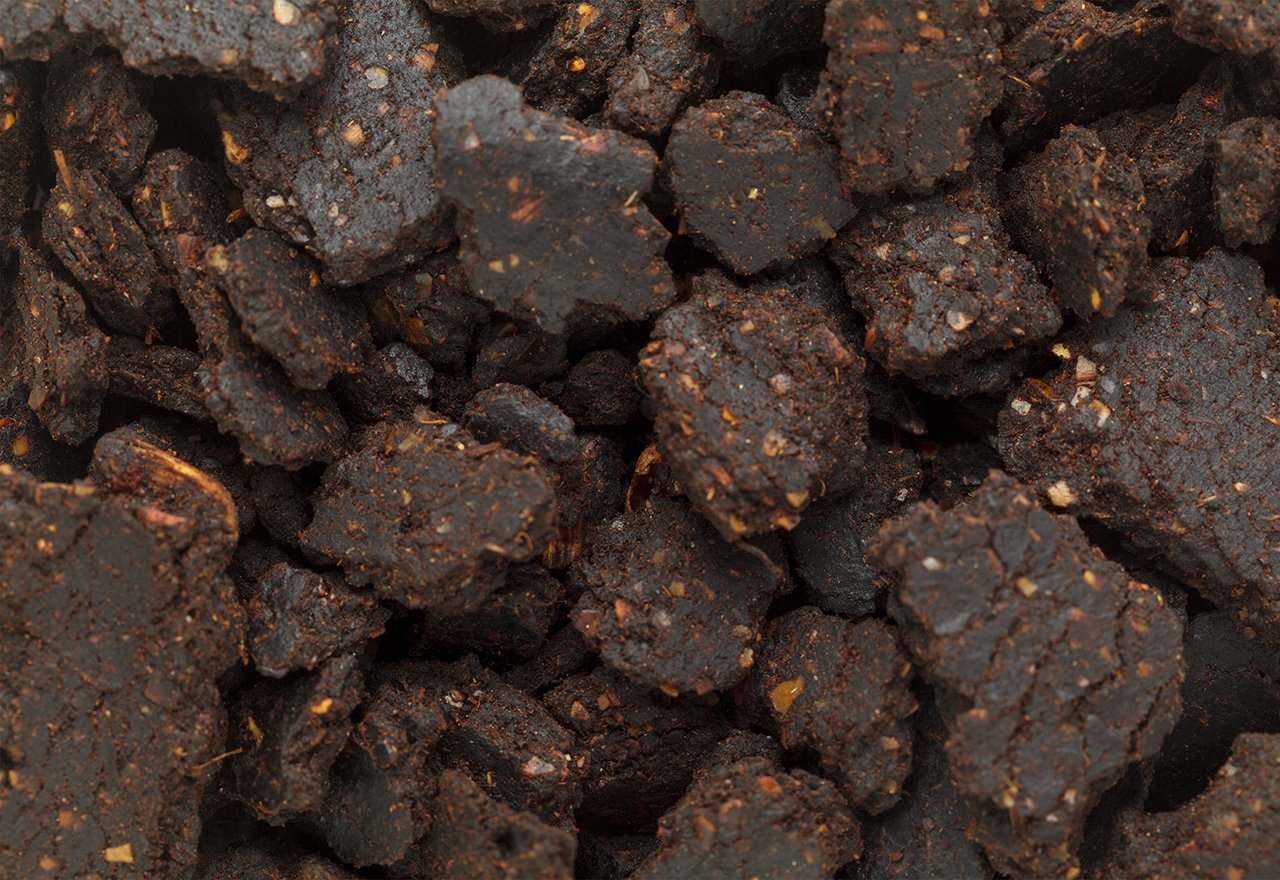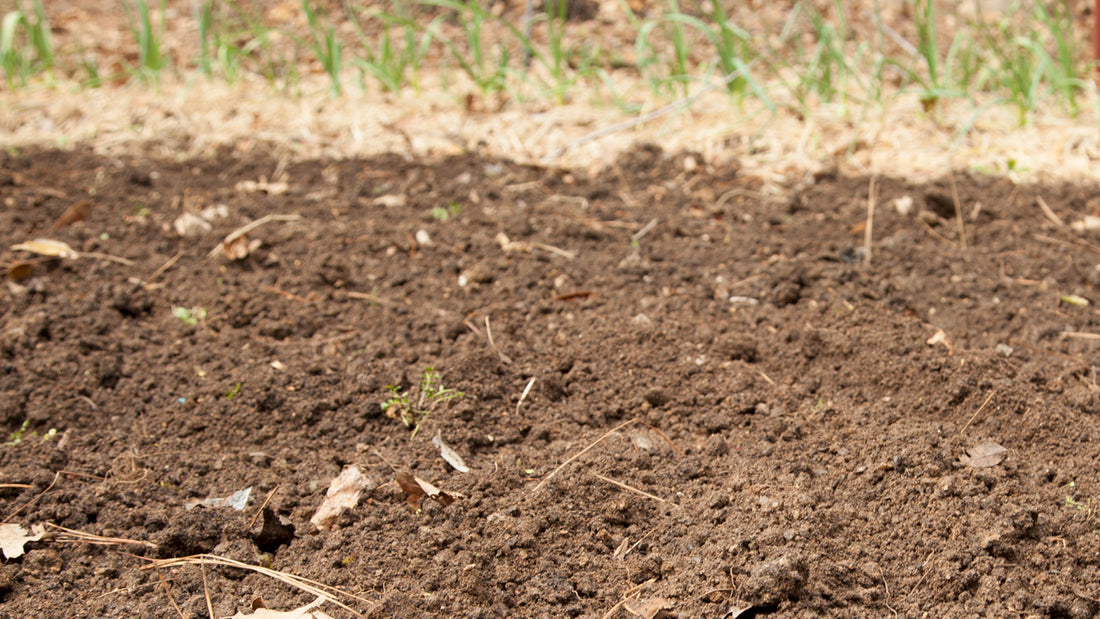acespicoli
Well-known member
| Plant protection |
|---|
Thank you to everyone contributing their knowledge to this section


Captan - Wikipedia

Copper(II) sulfate - Wikipedia

Sulfur - Wikipedia
Keeping in touch with the needs of the most discriminating cannasseur
going for vegan and organic methods
https://en.wikipedia.org/wiki/Plant_pathology

List of hemp diseases - Wikipedia
Last edited:




